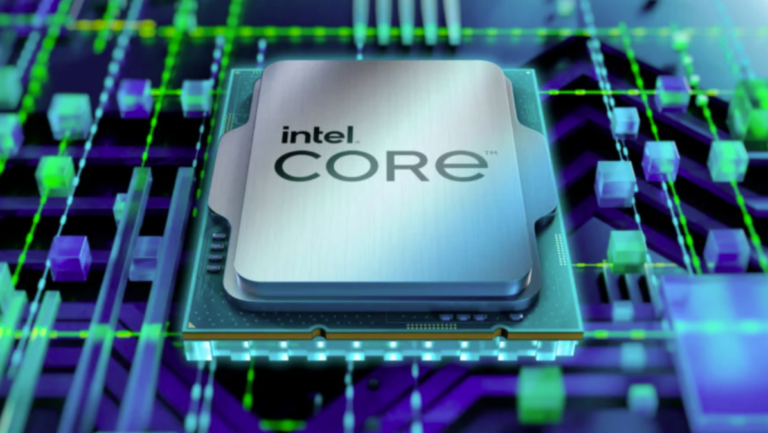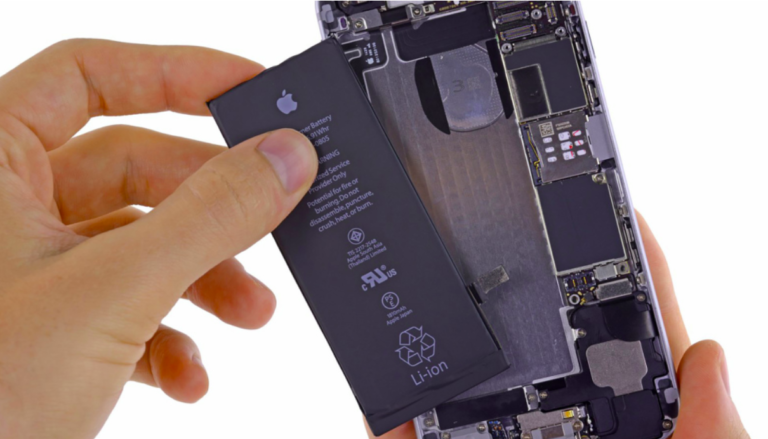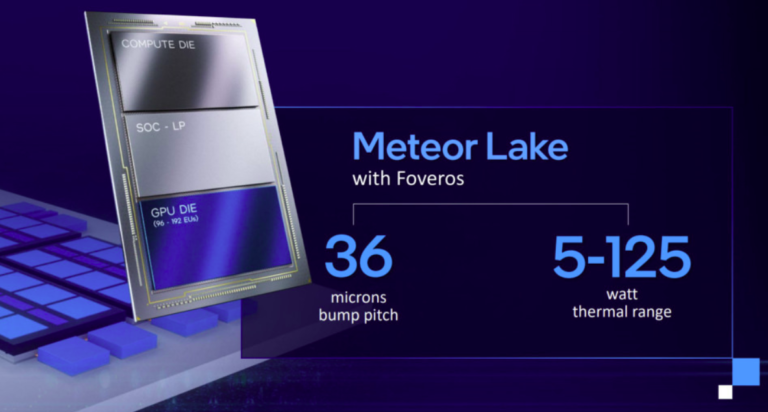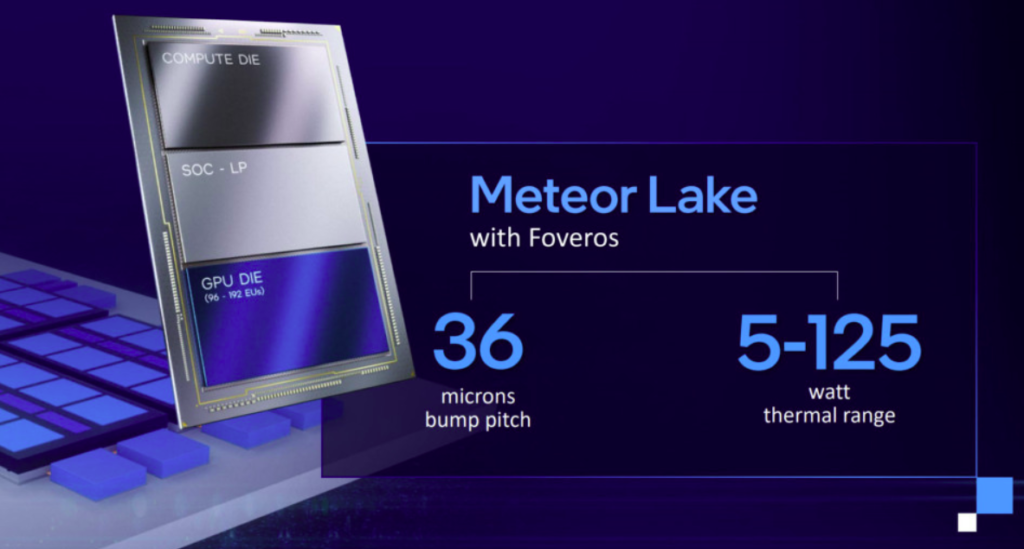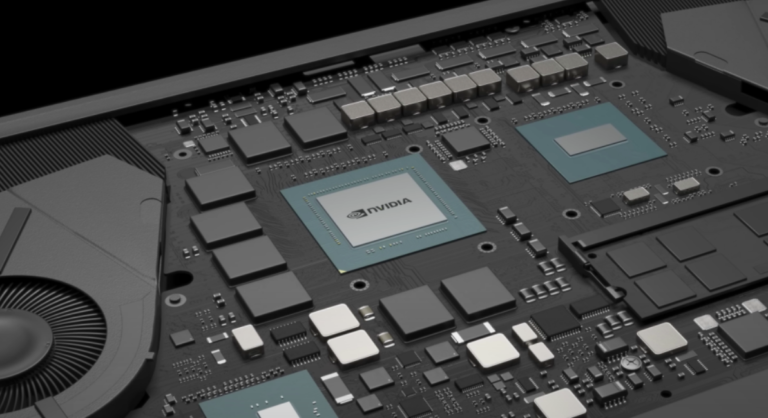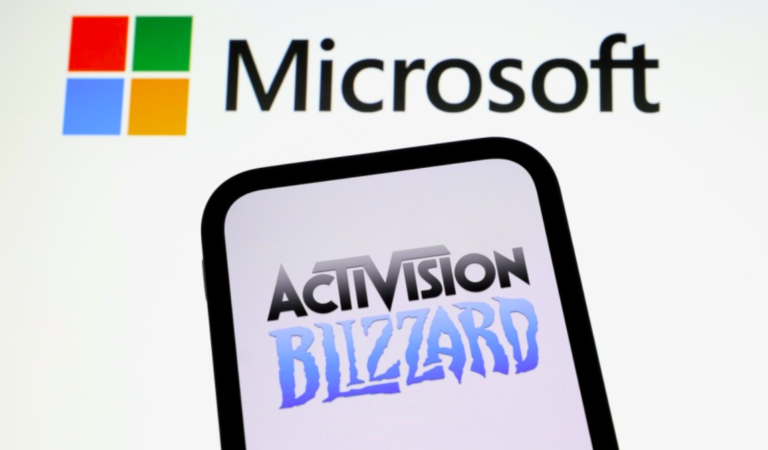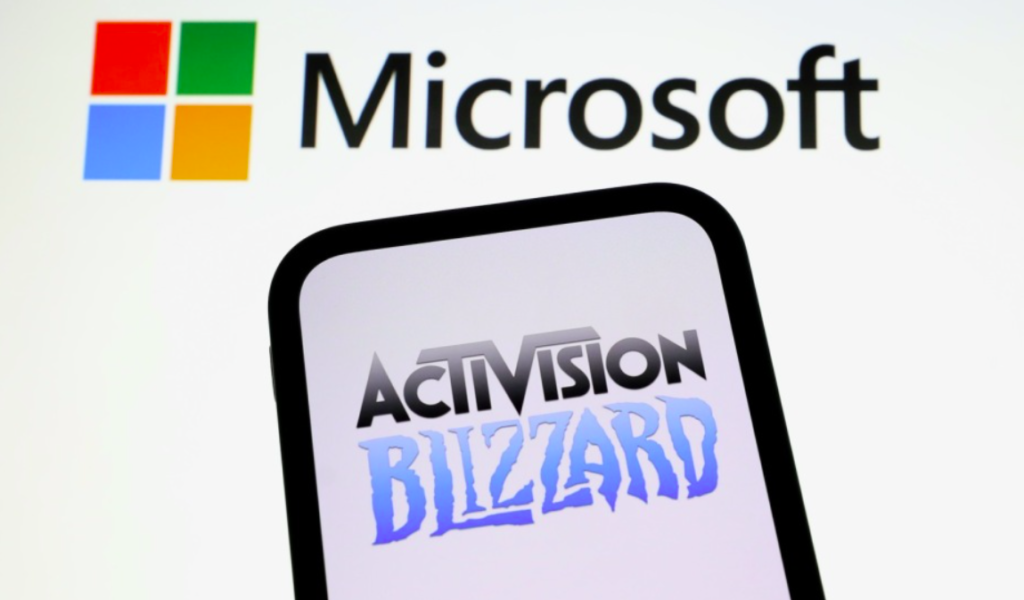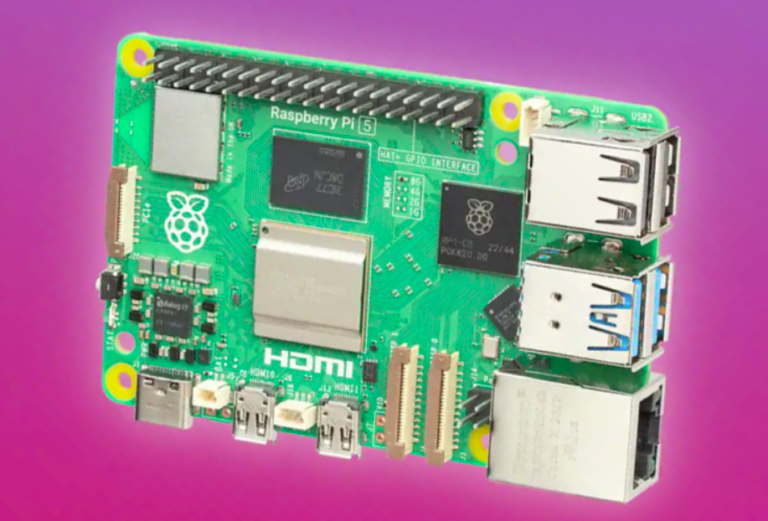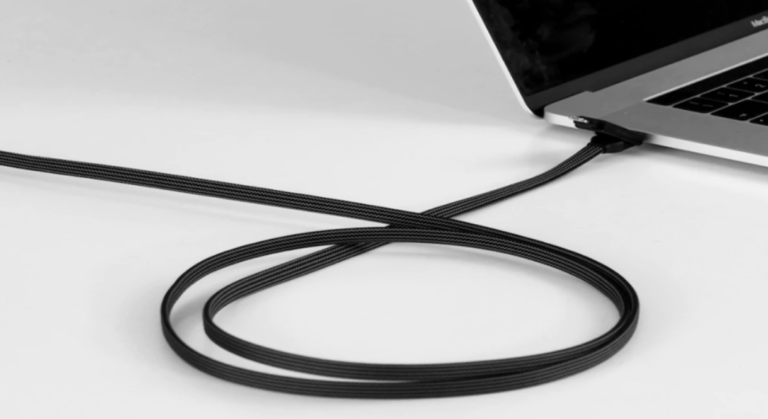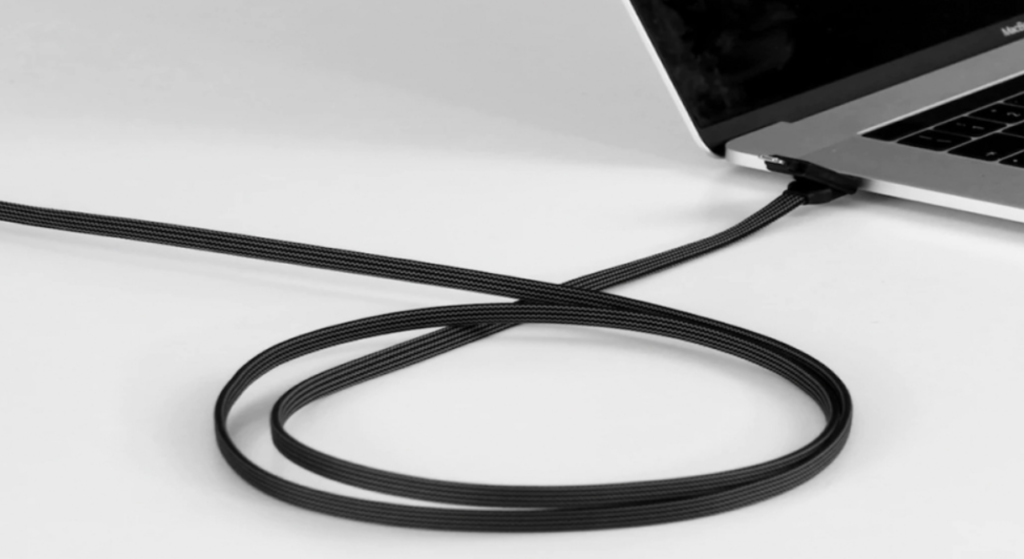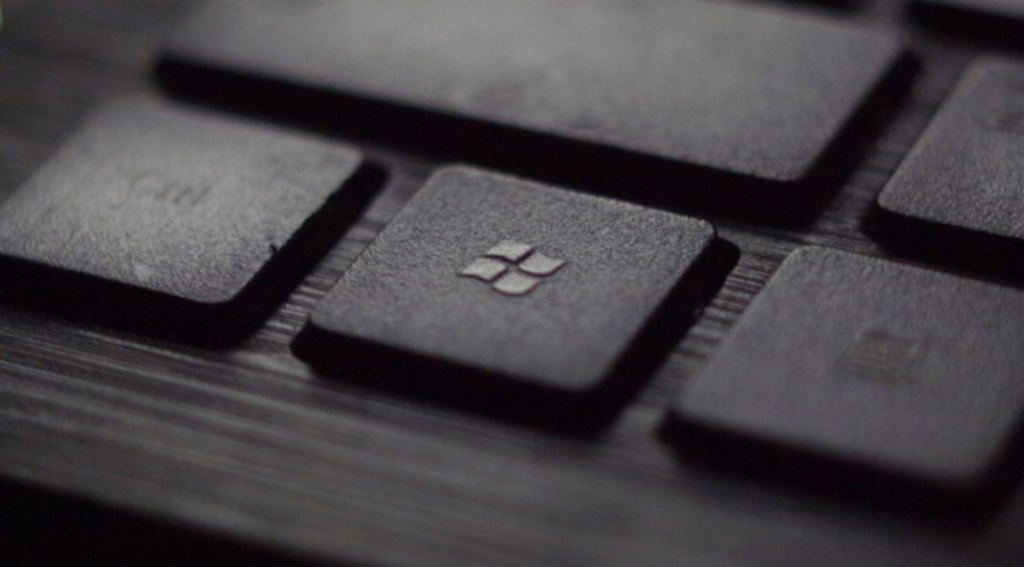The Intel Raptor Lake Refresh Core i7-14700K has been successfully overclocked to reach an impressive 6GHz.
Although we don’t currently have a lot of information on Intel’s next Raptor Lake refresh, we do know that the Core i7 14700K will probably be the only CPU in the range to receive an increase in E-cores for improved multi-core performance. At least according to MSI, the remaining lineup is only anticipated to receive a 200MHz turbo boost, meaning that the predicted gains for the lineup will be in the 3% range. Beyond what Intel provides out of the box, however, even more performance is possible because the K-series is unlocked.
The Geekbench test results indicate an overclocked Core i7-14700K operating at 6GHz, which is the same boost clock as the flagship Core i9-14900K. These clocks enable it to beat the Core i9-13900K by 10% in the single-core test and by 20% in the multi-core test, as reported by Wccftech. This is a significant improvement for a “refreshed” part. As previously reported, the 14700K is switching from an 8+8 to an 8+12 layout, adding four new E-cores and increasing its maximum turbo clock frequency by 200MHz. This will increase its frequency from 5.4GHz to 5.6GHz in the 14th generation component, but this test indicates that there is still some headroom for overclocking.
Of course, the question is whether this person achieved this feat with a homemade cooler or anything more exotic. In the event that the latter is true, our excitement will be tempered because most people are not interested in going too far down the chilly rabbit hole. For those wishing to upgrade, this will be the preferred CPU if it can consistently achieve 6GHz when paired with a conventional AIO or a robust air cooler. Given that it will likely cost $400, it would be appealing, but Intel is also reportedly thinking about raising the price of these CPUs by 15%. However, that CPU costs $729, so even $450 would be a good deal given that 6GHz is 13900KS territory.
Because of its more cores, the Core i7-14700K appears to be the only CPU in the Raptor Lake upgrade that is now worth considering. When they formally launch in a few weeks, we might be eating those words because Intel is apparently planning to offer up to 26 updated CPUs. But with the expected minor, uniform clock speed bumps, we have minimal expectations.
